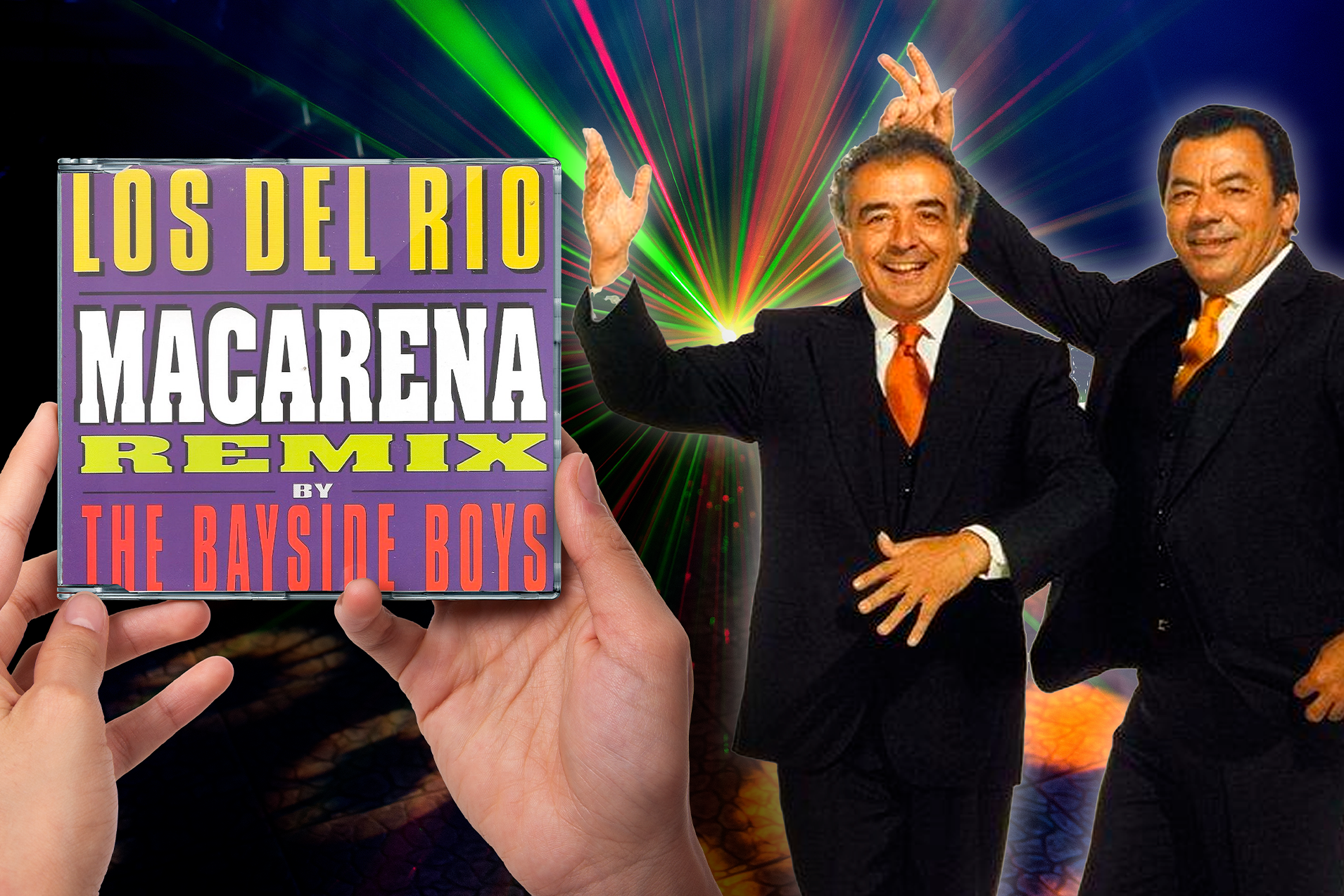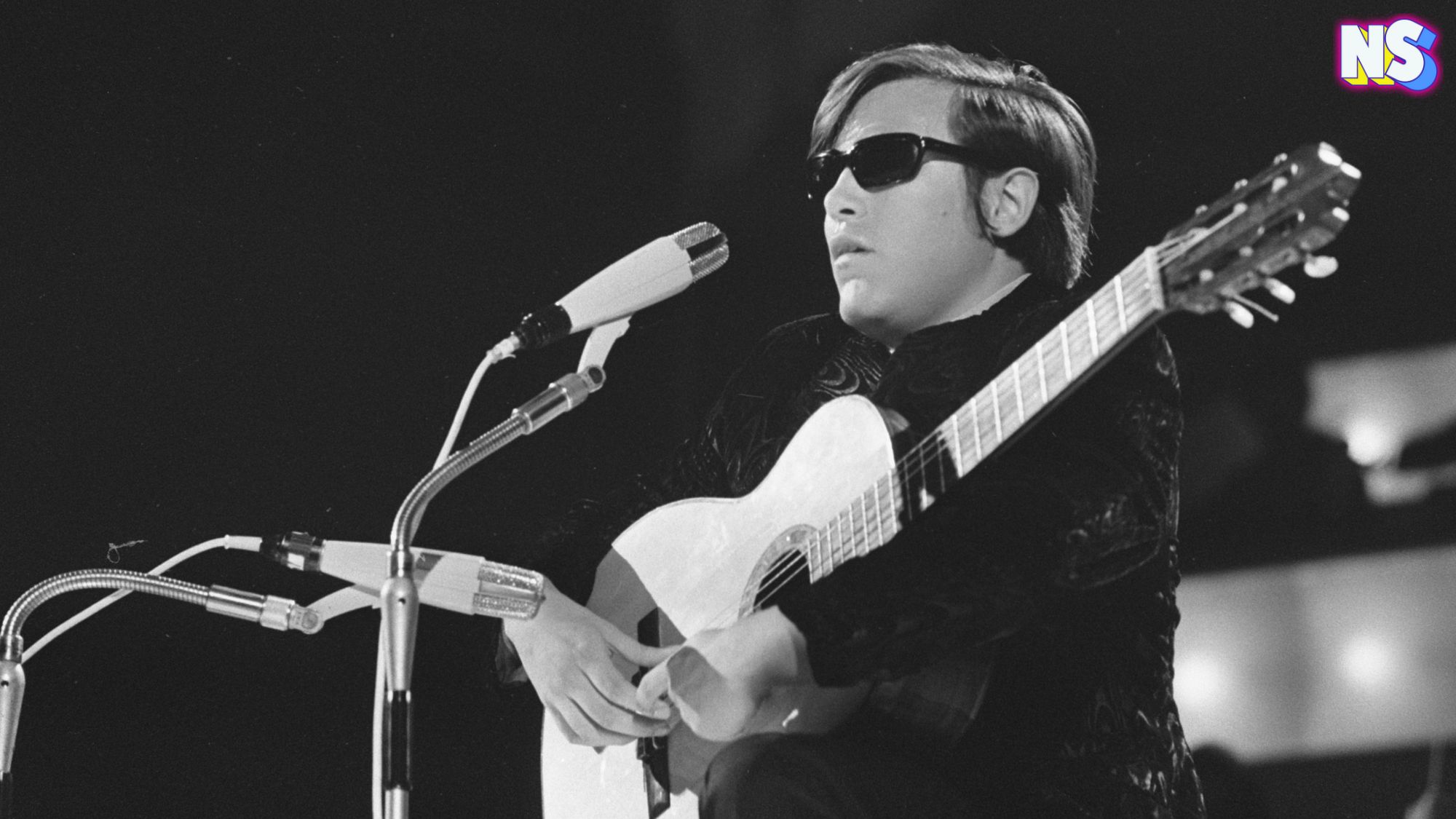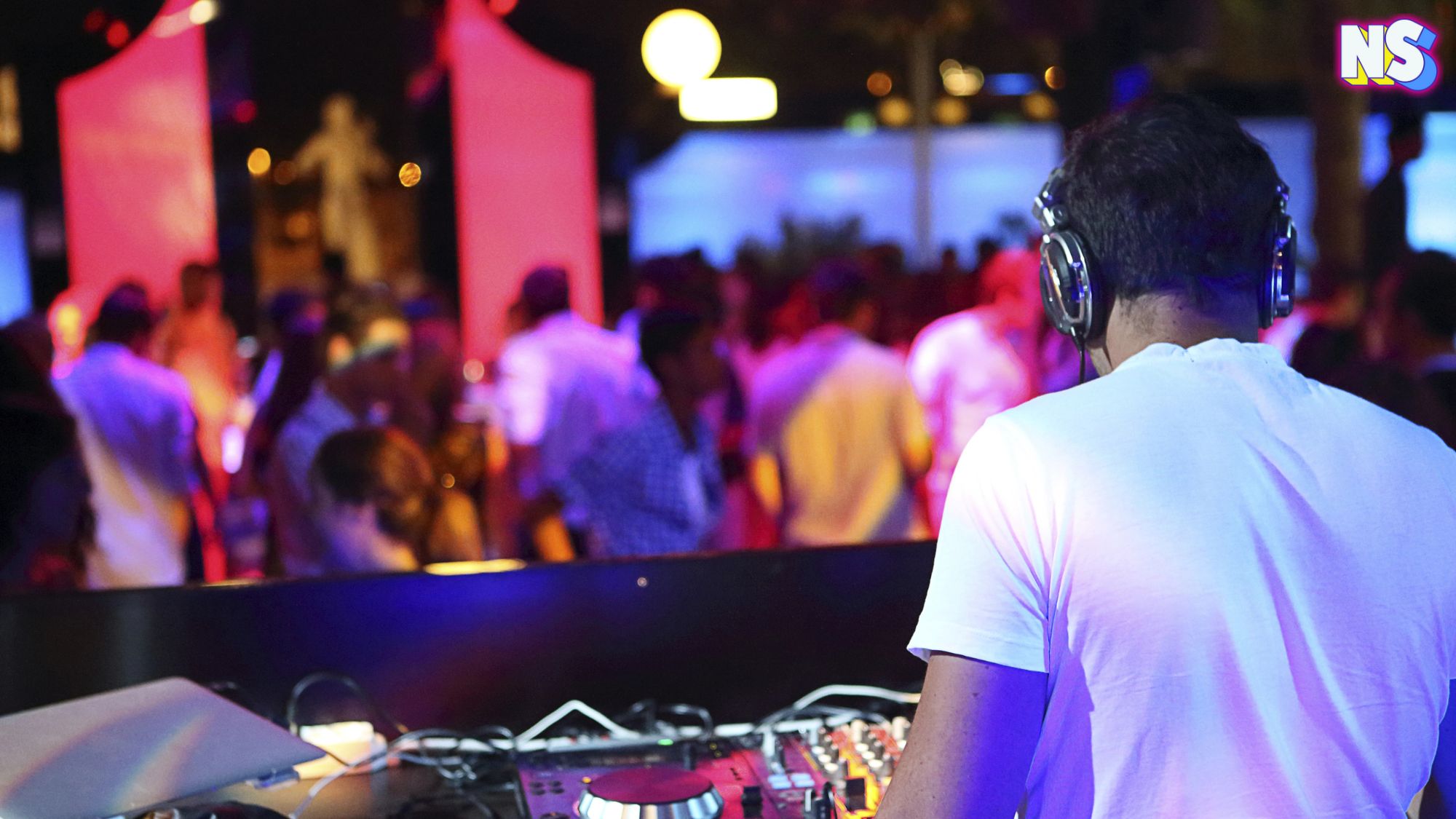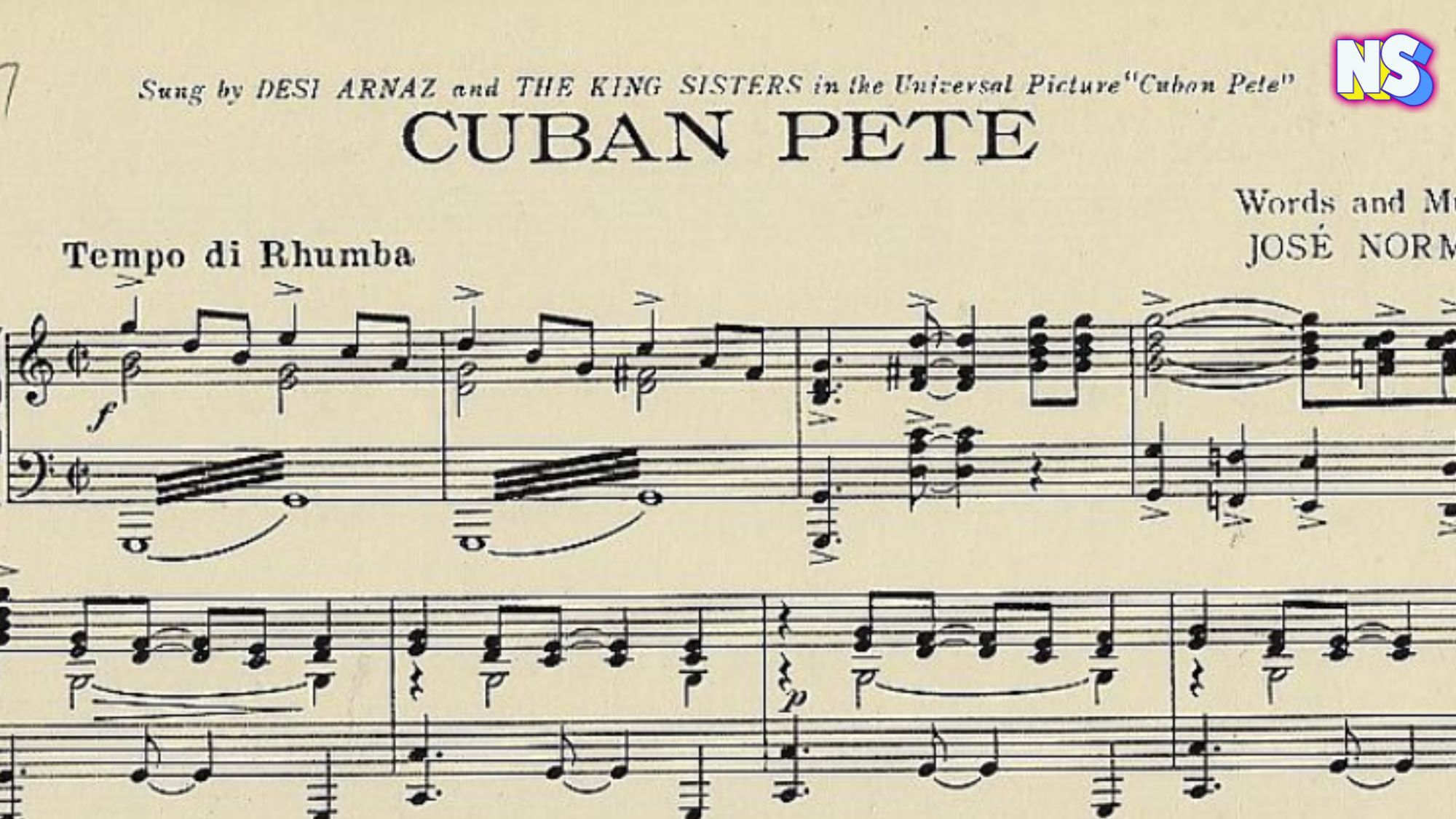It takes just milliseconds to identify La Macarena. With just a few notes, most adults can hum or sing along to the 1990s song that spread across the globe. Yeah, it's a kind of song like no other.
But when and where did this viral sensation sprout its wings? Well, that's a tale as intricate as it is captivating.
We're talking about a journey that weaves through three continents, dances across three decades, and bridges numerous languages, all before the era of the internet.
La Macarena is not just a song; it's a timeless anthem with a story to match.
A Song Sensation is Born
In the vibrant city of Caracas, Venezuela, we lay our scene. Amidst the rhythmic beats of a lively party at Venezuelan Businessman Gustavo Cisneros’ house, the "Macarena" was born.
A musical duo from Seville, Spain – made up of Antonio Romero Monge and Rafael Ruiz Perdigones (and together since the 1960s), were inspired by the enchanting moves of local flamenco dancer Diana Patricia Cubillán. As the story goes, the flamenco dancer swirled and twirled before the singers, as they spontaneously sang out: "give your body joy, Magdalena."
Later that night, at their hotel, “Antonio wrote the rest of the lyrics in five minutes," Perdigones told Vanity Fair Spain in an interview, years later.
"It started out as ‘Magdalena, but since I have a daughter named Esperanza Macarena, I decided that I was going to name her like that," Monge told the Spanish-language outlet El Espanol. "It is also true that I named it Macarena because the Virgin of Macarena told me in a dream that in our voices it was going to be the most famous name in the world in history.”
The Macarena Mayhem
The group initially featured the song on their 1993 album, "A Mí Me Gusta."
La Macarena, in its original version, managed to be the song of the summer of '95 in Spain. Then the flamenco-ish lively track got a vibrant boost with a dance remix by the electro pop sensation Fangoria, captivating audiences in Spain.
Meanwhile, a soundalike cover version by Los del Mar found its groove and gained popularity in Canada. But the real game-changer came when Miami-based producers, the Bayside Boys, laid their hands on it, in 1996.
From Sevilla to Global Stardom via Miami
The Bayside Boys, a then-unknown Miami group created what is now famously known as the 'Bayside Boys Remix,' introducing English lyrics, a move that was essential for securing airplay on Miami's Power96 radio station.
“The new bilingual remix was a hit on Power96, quickly becoming the most requested song in the station’s history during the summer of 1995,” Youtuber Ollay Media explains.
The station then shared physical tapes with partner stations across the country, further fueling the Macarena craze. However, their journey almost hit a major obstacle when an RCA Music lawyer expressed doubt on behalf of the Sevillan duo.
“The old men don’t want to support this,” Bayside Boys’ Carlos Yarza explains. Fortunately, fate intervened, and the remix officially hit the commercial scene in 1995, paving the way for the Macarena we know today.
“While the original Macarena has an interesting clave rhythm, the remix stripped that way, and gave the track an infectious bouncy electronic dance backing,” Ollay Media explains.
The Unstoppable Macarena Dance
The Macarena, forever entwined with its catchy eponymous song, initially made waves on the national stage. Yet, it was the heartbeat of New York City's radio that catapulted it into a global phenomenon.
The Bayside Boys, riding the Macarena wave, hit the road, becoming ambassadors of its second wave of success. Then, WKTU, a dance music powerhouse in New York City, cranked up the Macarena once more, reigniting its chart-topping fire.
This is when the simple, yet infectious, Macarena dance really took flight.
Los del Río, the creators behind the Macarena dance, recalled its origins: "I invented the dance with Rafael Concha Velasco’s program on Antena 3," Antonio revealed. "From there, it goes out into the world," he continued. "We arrived in Quito, in Ecuador, in a stadium, and everyone was dancing..."
Performed in lines or circles, the dance syncs with the story of Macarena, a woman who strays while her boyfriend is called to military duty. Despite its controversial lyrics (which are a topic for another day), the irresistible beat and dance moves turned "Macarena" into a party and dance-floor favorite.
“This was all before the Internet,” Bayside Boys’ Yarza points out.
An instructional video for the song, released in 1996, even had Oprah Winfrey inviting the Bayside Boys to teach her talk show audience the moves.
In 1996, the Macarena reached new heights as it found itself performed at Yankee Stadium, showcased by gymnasts at the 1996 U.S. Olympics, and even grooved to by politicians at the Democratic National Convention.
A 14-Week Chart-Topping Sensation and Beyond
"The fascination in the USA for La Macarena part of ‘the fever for everything Spanish,’" noted an article in Vanity Fair Spain.
Both the remix and the original "Macarena" reached the pinnacle, claiming the No. 1 spot on music charts across the globe. Over a year later, the Macarena craze eventually waned, but not before it reigned supreme on charts worldwide. It spent a staggering 14 weeks at No. 1 on the Billboard Hot 100 chart in the U.S. The song's success was fueled by its ubiquity in dance clubs, weddings, and various social gatherings. It became a cultural sensation, a nostalgic emblem of the mid-'90s. In 2002, VH1 crowned it the greatest one-hit wonder of all time.
In time for the bilingual song’s 20th anniversary, in 2016, the original creators of La Macarena, Los Del Rio collaborated with the Cuban duo Gente de Zona to release Mas Macarena.
They introduced their fresh rendition at Univision's yearly Premios Juventud, and the dynamic Cuban duo – known for chart-toppers like Bailando and La Gozadera – unveiled the music video for their contemporary take on the track.
“Shot in GDZ’s native Cuba and directed by Daniel Duran, the clip includes people of all ages dancing to the Macarena and taking the memorable choreography to the colorful streets of the island,” Billboard magazine reported.
To date, the music video for Mas Macarena has over 81 million views on YouTube.
Today, there are approximately 4,700 different versions of La Macarena.
While the most renowned version is in Spanish, you can find "Macarena" in languages like English, Portuguese, Italian, French, and more. However, the version that truly warms its creators' hearts is one sang by blind children from the Pilar del Rey School in Cuba, as they told Vanity Fair Spain in an interview.
Over the years, "Macarena" has left its footprints in numerous films, commercials, and television shows – all despite being considered by some as a one-hit wonder. Today, the song's legacy endures, and it continues to be danced to by people worldwide.





